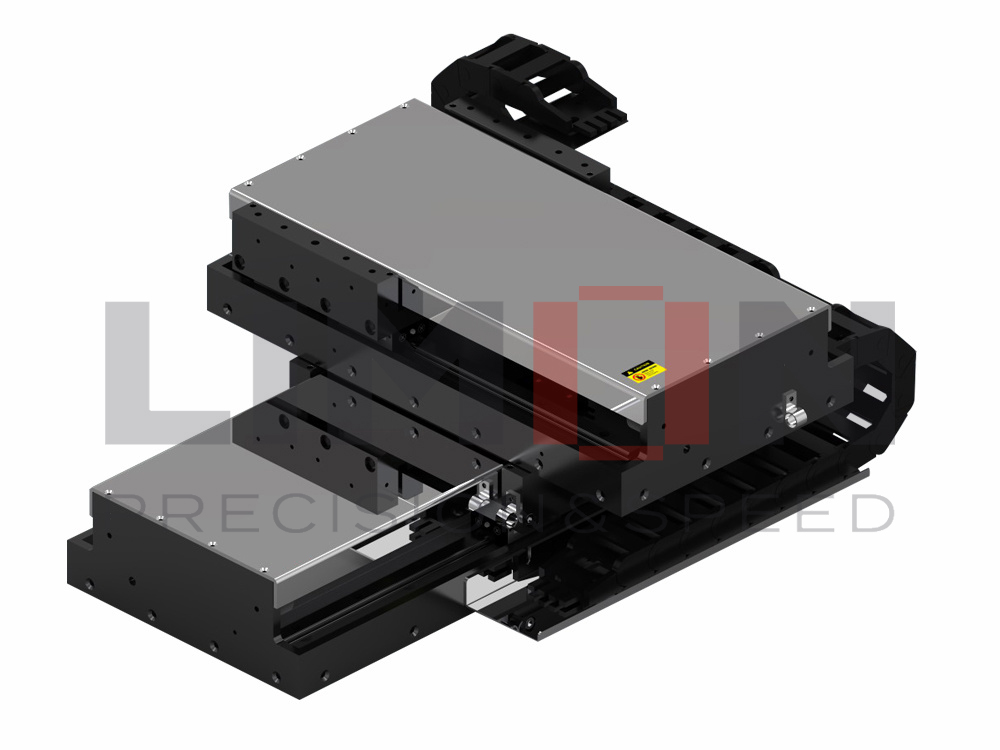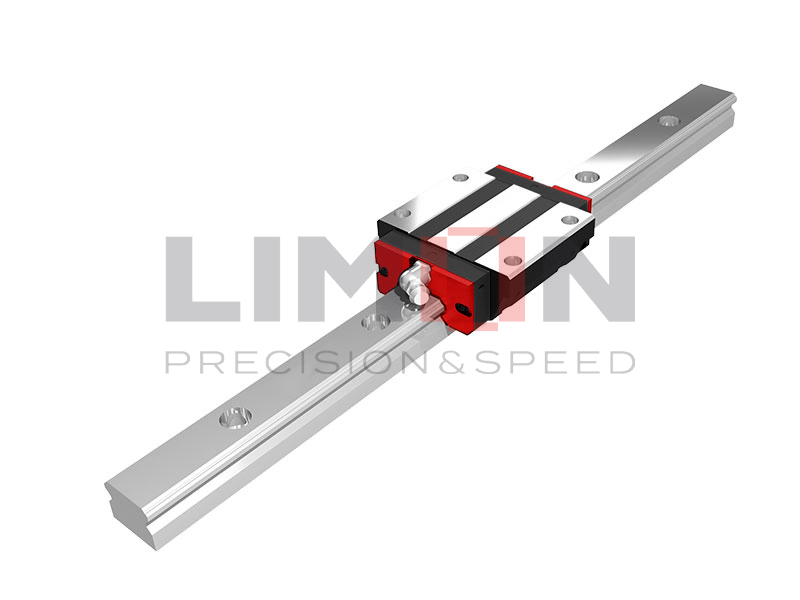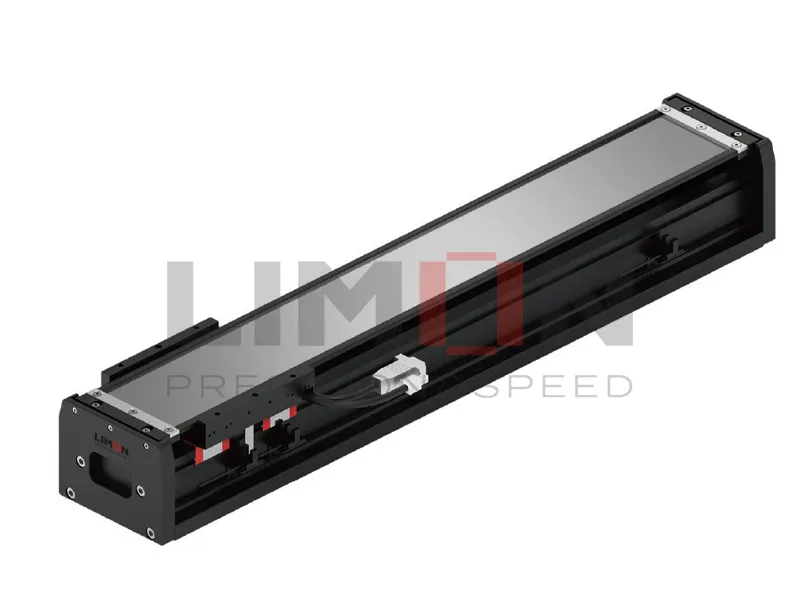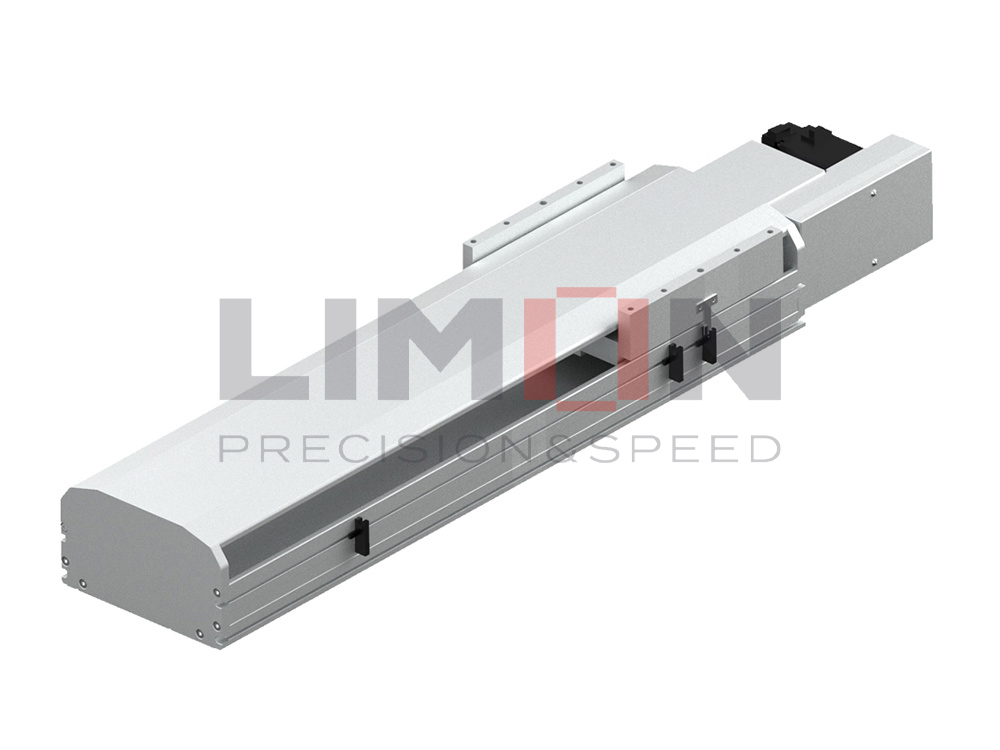Servo drives, pivotal in the landscape of industrial automation, continue to evolve as technological advancements push the boundaries of precision and efficiency. In this article, we explore the anticipated future trends in servo drive technology in plural form, shedding light on the innovations that are shaping the next generation of motion control systems.
Integration of Artificial Intelligence (AI):
As AI capabilities continue to advance, servo drives are expected to incorporate intelligent algorithms for real-time data analysis and decision-making. This integration will enhance predictive maintenance, optimize performance, and enable adaptive control strategies, making servo drive systems more responsive to dynamic industrial environments.
Industry 4.0 and IoT Connectivity:
The ongoing Industry 4.0 revolution is driving the integration of servo drives into the Internet of Things (IoT) ecosystems. Future servo drives are likely to feature enhanced connectivity, enabling seamless communication with other smart devices, sensors, and control systems. This connectivity will facilitate data exchange, remote monitoring, and the implementation of comprehensive Industrial Internet of Things (IIoT) solutions.
Energy-Efficient Innovations:
The focus on sustainability is expected to lead to advancements in energy-efficient servo drive technologies. Future iterations may incorporate regenerative braking systems, energy harvesting, and improved power management strategies, contributing to reduced energy consumption and a smaller environmental footprint in industrial applications.
Advanced Feedback Systems:
Anticipate the evolution of feedback systems in servo drives, with enhanced precision and resolution. Innovations in sensor technology, such as high-resolution encoders and advanced resolvers, will further improve the accuracy and reliability of servo drive systems, especially in applications that demand ultra-precise control.
Decentralized Control Architectures:
Future servo drive systems are likely to embrace decentralized control architectures. Distributed intelligence allows for modular and scalable configurations, facilitating easier integration into complex automation systems. This trend can lead to more flexible and adaptable motion control solutions for diverse industrial applications.
Edge Computing for Real-Time Processing:
The incorporation of edge computing capabilities into servo drives is expected to increase. Real-time processing at the edge of the network enables faster decision-making and reduced latency, enhancing the overall responsiveness and performance of servo drive systems in critical applications.
Enhanced Diagnostics and Predictive Maintenance:
Future servo drives are expected to feature advanced diagnostic tools and predictive maintenance capabilities. Machine learning algorithms will analyze historical data and performance patterns to predict potential issues, allowing for proactive maintenance and minimizing unplanned downtime.
Increased Focus on Cybersecurity:
As servo drives become more connected, there will be an increased focus on cybersecurity. Future technologies may include robust security measures to protect against cyber threats, ensuring the integrity and reliability of servo drive systems in the face of evolving cybersecurity challenges.
The future of servo drive technology promises exciting advancements that will redefine the capabilities of industrial automation. From the integration of AI and IoT connectivity to energy-efficient innovations and advanced feedback systems, the trajectory of servo drive technology is towards increased intelligence, efficiency, and adaptability. Staying informed about these trends will be crucial for businesses aiming to harness the full potential of servo drives in the evolving landscape of industrial




